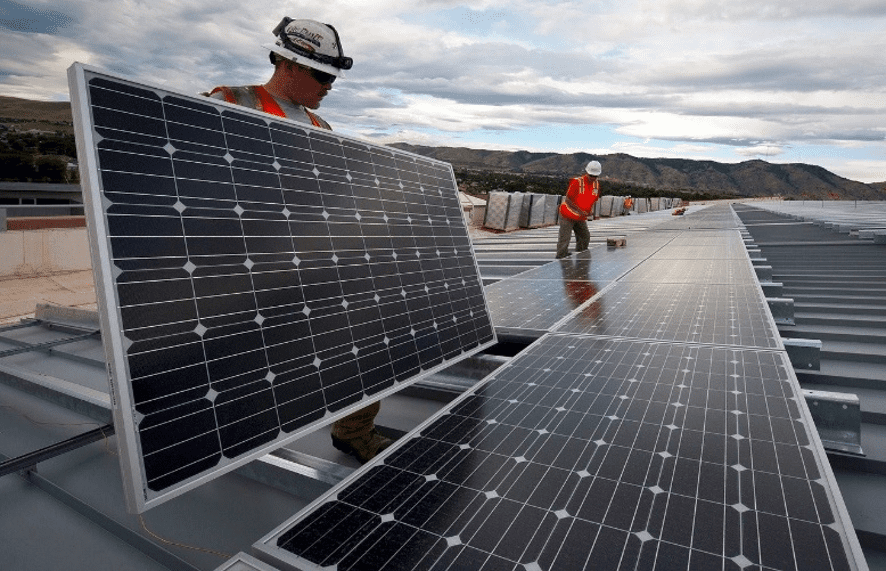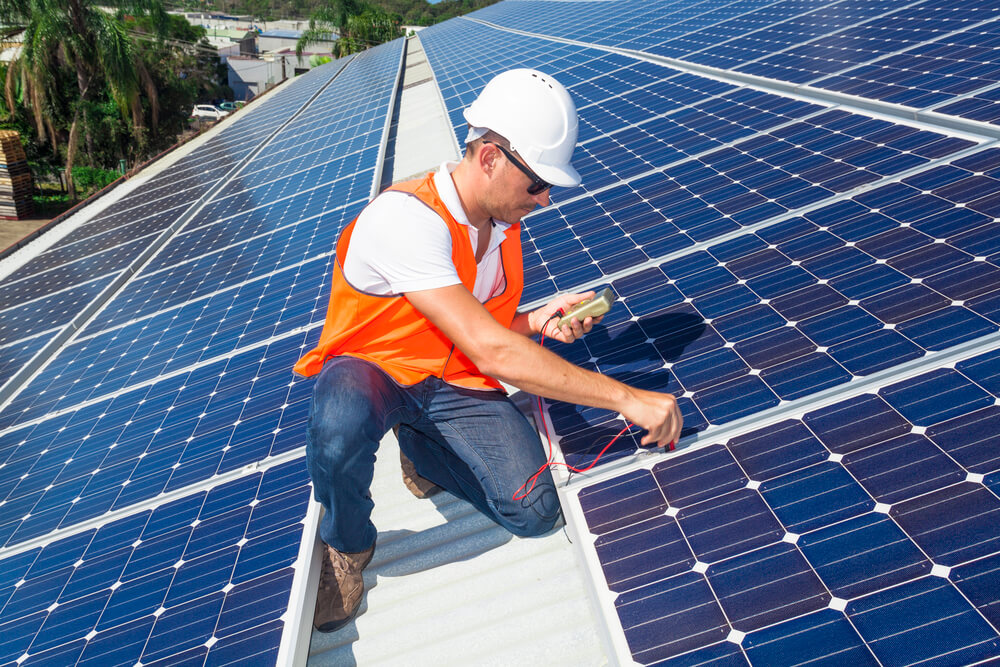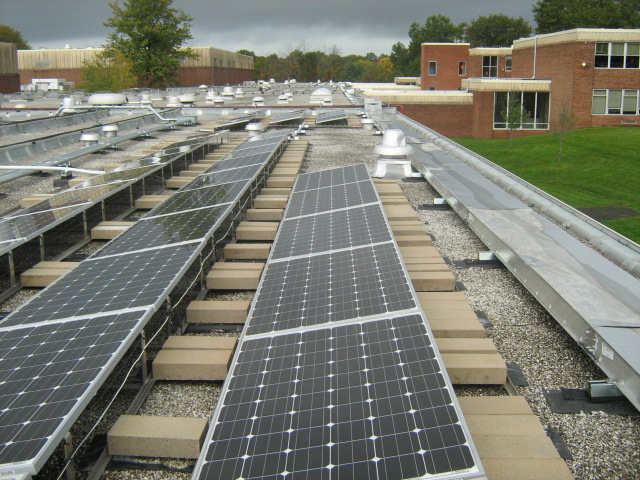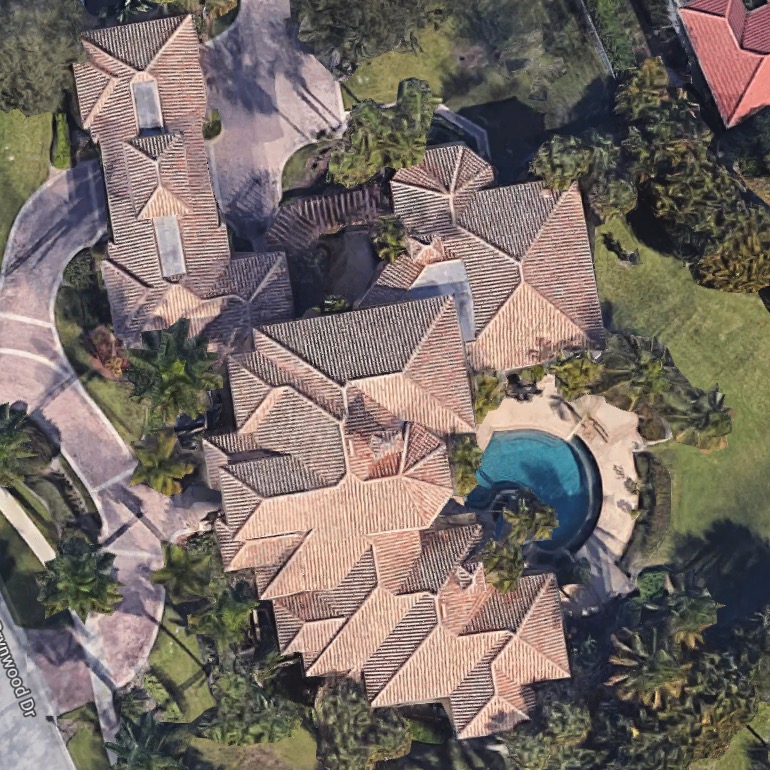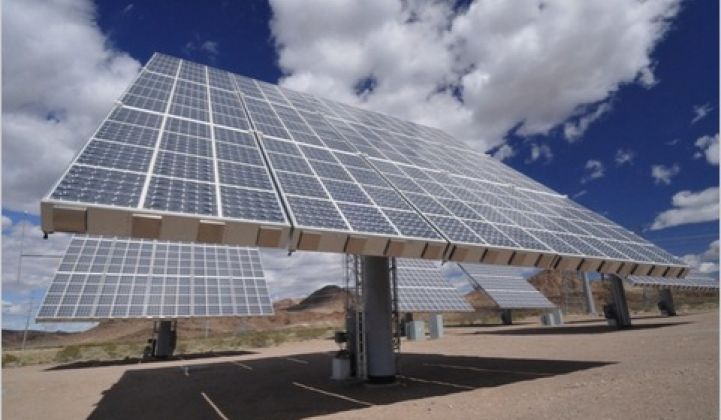Solar Panel Dead Load Roof

For example the weight per square footing for asphalt shingle weight per 100sq ft lbs range is 190 250.
Solar panel dead load roof. These solar panels mounted on aluminum racking weigh about 2 pounds per square foot. The point load for different mounting or fastening locations have to be distributed in such a way that it reduces the overall load on the roof and minimize roof leaks. The structure of a roof that supports solar photovoltaic panels or modules shall be designed to accommodate the full solar photovoltaic panels or modules and ballast dead load including concentrated loads from support frames in combination with the loads from section 1607 13 5 1 and other applicable loads. Structural engineers use the solar panel roof load calculator to come up with the correct load capacity of the roof material.
Note that although this technique may reduce. Unlike new construction upgrading for solar panels on an existing steel or wood roof can lead. However when considered in light of the total building costs this additional costs may prove to be minimal. For a roof live load or snow load in some.
Additional weight from rooftop solar panels can add approximately 10 to the total factored design load of the roof structure. A key point to note here is to reduce the distributed weight of solar panels on the roof. Adding the modules would increase the dead load according to the same sort of calculation. The weight per 100sq ft kg range is 85 110.
He is going to look at the live loads the dead loads and the seismic effects of the proposed solar panels on your roof structure. This amount of steel typically supports a total roof load of about 50 pounds per square foot. Distribution of solar panel weight. If 6 base mounts for 3 rows of panels were to be concentrated on one such rafter weight of solar panels 180 lbs would increase dead load by 75 percent.
For example asce 7 16 now clearly states that the weight of solar panels and their support are to be considered as dead loads 1 roof live loads need not be applied to areas covered by solar panels under a certain spacing or height 2 and seismic design is based on already established principles in section 13 3 for non structural component. This is the sum of a 20 pounds per square foot dead load including a ballasted membrane roof which was typical for roofs on shopping centers in the early 1980s for example. For a 16 foot rafter this then results in a 352 lbs.



